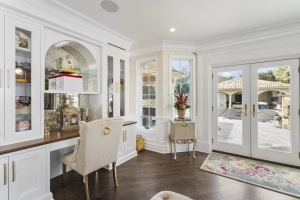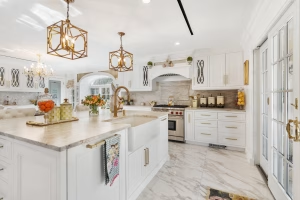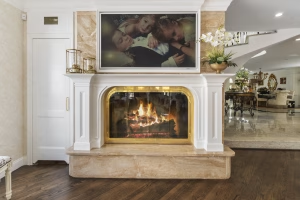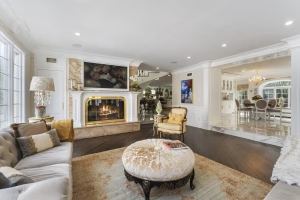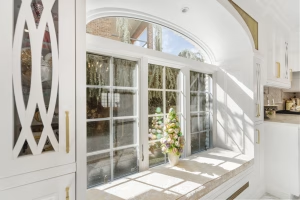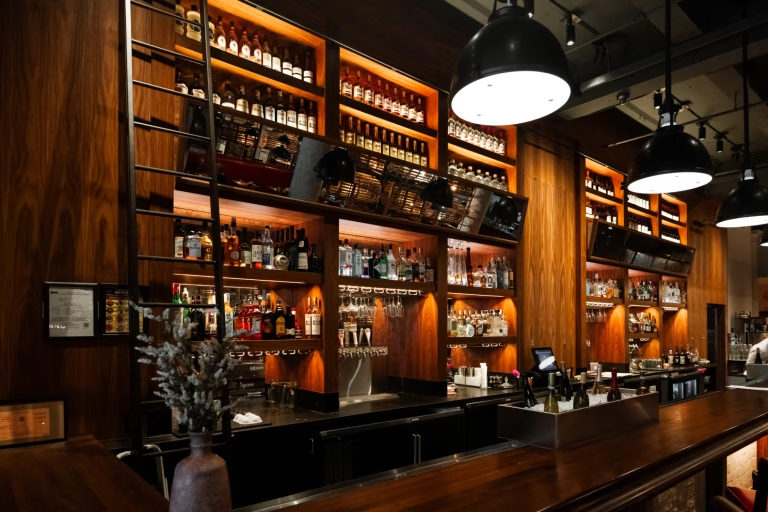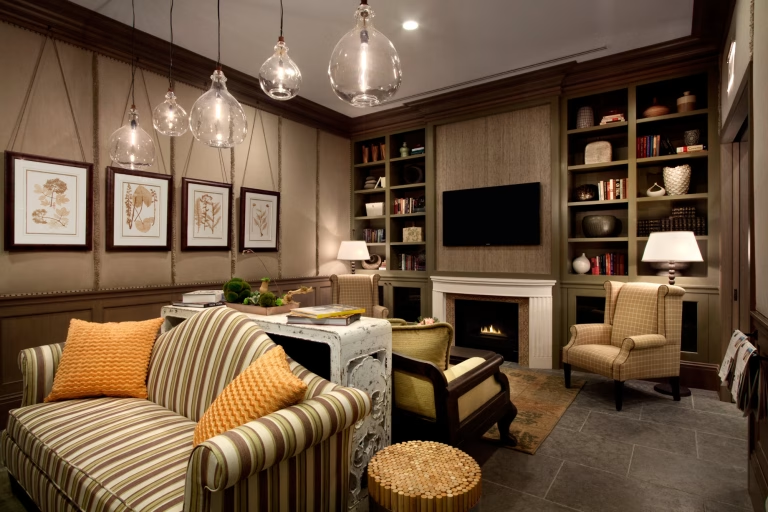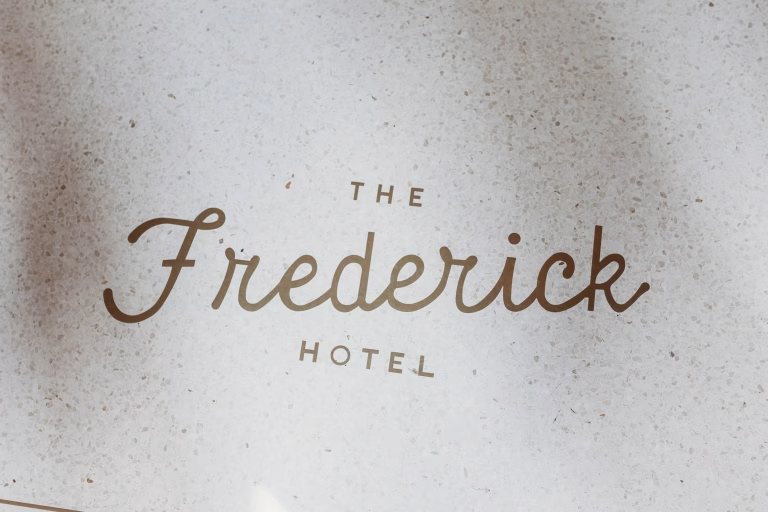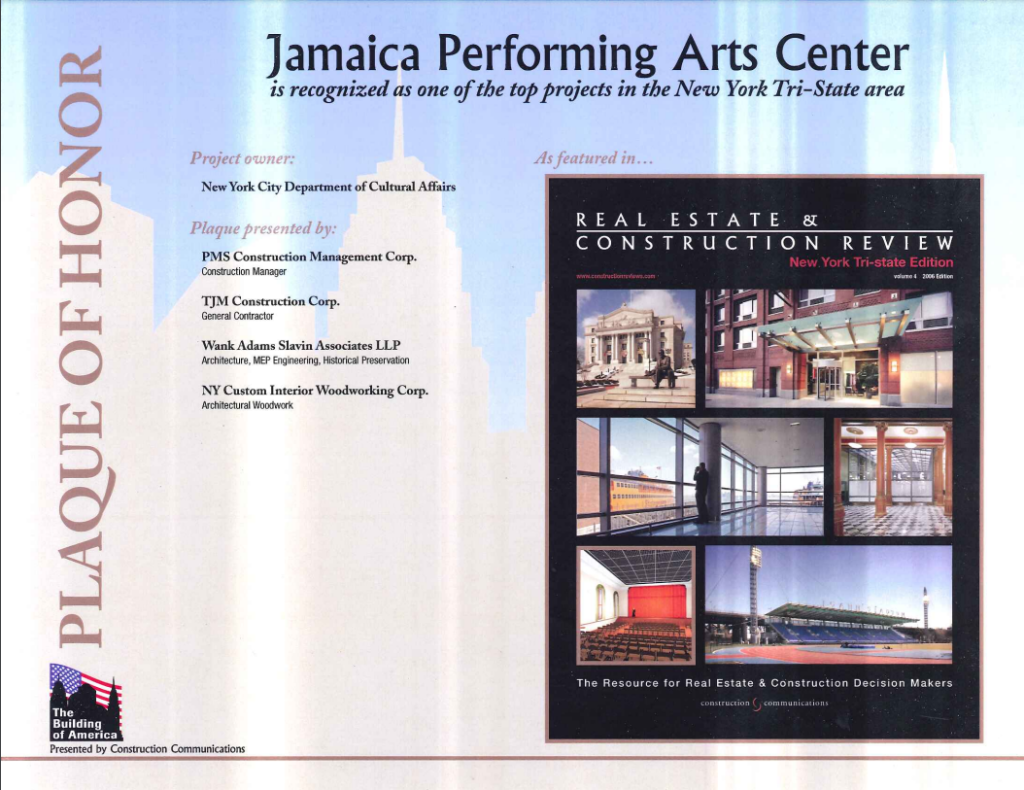Blending old-world charm with contemporary sophistication is one of the most rewarding challenges in interior design. Nowhere is this more apparent than in New York City, where classic brownstones, pre-war apartments, and landmark buildings meet modern-day tastes. The key to marrying these two worlds successfully lies in the thoughtful use of custom millwork.
At New York Custom Interior Millwork, we specialize in creating bespoke woodwork that bridges the gap between traditional architecture and modern living. Whether you’re renovating a historic townhouse on the Upper East Side or refreshing a vintage apartment in Greenwich Village, modern millwork can enhance, not erase, the beauty of your home’s history.
Understanding the Balance
The first step in incorporating modern millwork into traditional interiors is understanding balance. You don’t want to compete with the existing architecture – you want to complement it. Traditional interiors often feature ornate details, crown moldings, and wainscoting, while modern design favors clean lines and minimalism. The magic happens when the two meet in harmony.
Instead of replacing traditional elements, modern millwork refines them. For example, classic wall paneling can be simplified with wider spacing and smooth finishes, or painted in soft neutral tones for a sleek, updated feel. By using the same quality craftsmanship but a cleaner aesthetic, you can preserve architectural integrity while bringing the space into the present.
Choosing the Right Materials and Finishes
The materials you select will determine how successfully your modern millwork integrates with traditional surroundings. Natural woods like white oak, walnut, and maple are ideal for bridging the gap between old and new because of their timeless appeal.
Some materials and finishes that work particularly well include:
Rift-cut white oak for subtle grain and contemporary structure
Walnut for warmth that pairs beautifully with antique furniture
Painted lacquer finishes in cream, ivory, or greige for a fresh, transitional tone
Bronze or brass accents for a hint of vintage glamour within a modern framework
At NYCIM, we offer clients material samples and finish options to see firsthand how each choice interacts with existing architectural features. These tactile moments during the consultation phase help refine the vision before fabrication begins.
Streamlined Built-Ins for Classic Spaces
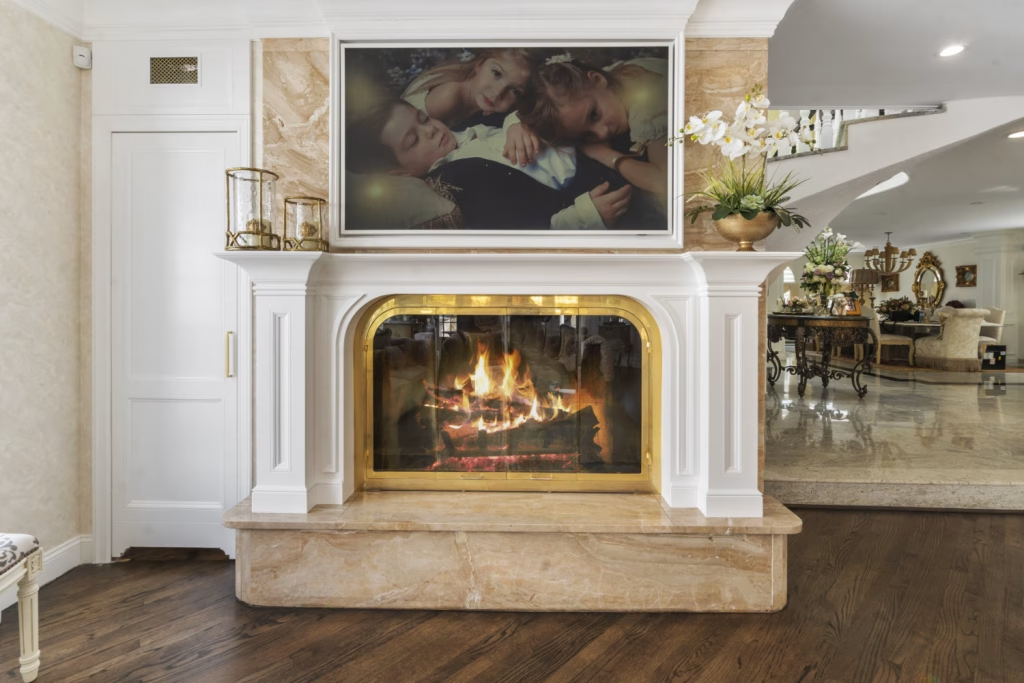
Traditional interiors often include built-ins like bookcases, cabinetry, and mantels. These features can easily be reimagined with modern millwork principles. Clean-lined, inset paneling or floating shelves can replace heavy moldings without feeling out of place.
For example, in a pre-war apartment, we might design a wall of millwork around a fireplace that maintains symmetry but uses minimalist trim and matte finishes for a contemporary touch. Or, in a townhouse library, replace dark, closed cabinetry with glass-front cases framed in light wood, creating openness while maintaining traditional proportions.
The goal is to retain the sense of permanence that traditional millwork provides but to give it a modern polish.
Modernizing Through Functionality
One of the most practical ways to blend modern millwork with traditional interiors is by upgrading functionality. Modern living requires smarter storage, integrated technology, and efficient layouts – all of which can be achieved with custom millwork.
A few examples include:
Adding hidden compartments and soft-close drawers to traditional credenzas
Incorporating built-in LED lighting into shelving or ceiling coves
Designing concealed doors within paneled walls for a clean, architectural effect
Integrating modern appliances or home systems behind custom cabinetry
These details allow historic homes to function for contemporary lifestyles while retaining their signature charm.
Color and Contrast
Color plays an important role in creating a bridge between eras. Traditional interiors often feature deep wood tones and intricate moldings, while modern designs embrace simplicity and contrast. By painting traditional millwork in soft whites, warm taupes, or bold charcoals, you can instantly update the aesthetic without altering the craftsmanship.
Alternatively, you can use contrast to highlight architectural history. Imagine sleek, dark walnut cabinetry paired with crisp white walls, or a modern marble countertop resting atop a traditional paneled base. These pairings celebrate both old and new in a single visual statement.
Updating the Details Without Losing the Story
Incorporating modern millwork doesn’t mean erasing history – it means celebrating it. Retaining select traditional elements like ceiling medallions, crown moldings, or wainscoting while simplifying other details allows for a more curated feel.
One of our favorite approaches at New York Custom Interior Millwork is to reimagine historic profiles with contemporary proportions. For instance, scaling down ornate trim or simplifying panel insets creates subtle modernity without feeling stark. This method works beautifully in landmark buildings and classic apartments throughout Manhattan, Brooklyn Heights, and the Upper West Side.
Why Custom Matters
Custom millwork is the key to successfully merging styles because it offers precision, flexibility, and artistry. Standard, prefabricated cabinetry can’t replicate the nuance of craftsmanship required to align modern simplicity with traditional craftsmanship.
Every project we take on begins with a detailed design consultation, where we review your goals and architectural context. Our in-house drafting team then creates shop drawings tailored to your space, ensuring each component – from moldings to cabinetry – fits seamlessly within your home’s character. The result is a one-of-a-kind space where every corner, edge, and surface tells your story.
Bringing It All Together
Incorporating modern millwork into traditional interiors is about respect – for both craftsmanship and evolution. It’s about honoring the past while creating a home that meets the needs and tastes of the present.
At New York Custom Interior Millwork, we take pride in helping clients navigate that balance with care, precision, and creativity. Our team of expert designers, artisans, and installers works collaboratively to transform spaces across New York City into living works of art – spaces that feel both timeless and forward-thinking.
If you’re ready to reimagine your traditional home with a touch of modern craftsmanship, contact us at (718) 392-1600 or email liz@nycmillwork.com. Let’s craft something extraordinary – where old-world charm meets modern sophistication, one detail at a time.

